The most modern neutral, charcoal gray looks great in dining rooms, living rooms and even nurseries. Here's how to use it best
By Samantha Schoech - Houzz Contributor
Samantha is a former magazine editor specializing in travel and design. She just completed her first remodel, turning her crumbling 1941 kitchen into a beauty of grays, whites and natural wood. If she could, she'd sleep on the countertop. That's how much she loves it. You can also read her parenting blog on Baby Center http://blogs.babycenter.com/author/sschoech/
Charcoal gray may be a neutral, but it's also a statement. It's bolder than its lighter brethren; more modern than its neutral cousins, the beiges; and less dramatic than black. (I guess that would be Dad?)
As Texas designer Bex Hale from this season's Design Star says, "Charcoal gray is the little black dress of decor. Dress it up, dress it down — it's my go-to color."
True gray (or achromatic gray) is a mixture of black and white. It has equal values of red, green and blue (RGB), and thus no hue. Off-grays — what we most often use in decorating — have very subtle but important differences in the values of red, green and blue. Cool grays are noticeably blue, green or violet. Warm grays are noticeably pinkish or brown and may have yellow tones.
Charcoal off-grays have very subtle differences in the RGB values but remain true neutrals, making them the perfect complement for most colors, especially bright whites, warm citrus hues and pinks.
Because it appears so often in nature — think stones, storm clouds and the North Atlantic — it also works well in with natural materials like wood, marble and greenery.
Cool charcoal pairs well with
bright white trim and works with most wood floors. In a house like this,
with period details and nice bones, it highlights the architecture
while modernizing the room.
Warm charcoal above the bright
white wainscoting adds a lot of drama to this dining room but doesn't
get too flashy about it. "A common mistake people use in selecting gray
is using a 'cold' gray for a wall color. Grays with brown undertones can
really warm up a room," says Hale.
Cool charcoal pairs well with bright white trim and works with most wood floors. In a house like this, with period details and nice bones, it highlights the architecture while modernizing the room.
Warm charcoal above the bright white wainscoting adds a lot of drama to this dining room but doesn't get too flashy about it. "A common mistake people use in selecting gray is using a 'cold' gray for a wall color. Grays with brown undertones can really warm up a room," says Hale.
In this eclectic living room,
warm-tone charcoal provides the backdrop for different colors, patterns
and lines. It gives the room a nice weight and feels a bit more formal
than white would. "Art jumps off gray walls," Hale says.
Using cool charcoal as an accent in a lighter gray room is the perfect way to create a focal point. "Light gray walls feel crisp and airy, while darker tones create a sultry, sexy, cozy mood," she says.
Charcoal with citrus: The warm gray sets off this bright orange, making it stand out even more.
The high-gloss gray cabinets from
Ikea set off the white and give this kitchen a nice visual landing place
that white cabinets would not provide. This gray is about as achromatic
as it comes.
The Lava Teak melamine chipboard by
Cleaf from Italy and launched by Poggenpohl is both modern and earthy
(think Big Sur). Notice the warm yellowish tones?
Charcoal grout with white subway tile adds texture to this perfectly neutral bathroom.
And the reverse: Charcoal tile with white grout also creates pattern from contrast, with a little more depth.
"Invest in a charcoal gray
sofa and you'll have it forever," Hale says. "I recommend one dark
enough to hide spills — my sofa cushions are filled with merlot-stained
goose down feathers."
A citrus-yellow sofa with
charcoal piping against a charcoal accent wall. "Nearly any bright color
pops against gray," Hale says. "I'm loving the gray-orange-cream combo
now — hot in fashion too — and gray with hits of bright yellow."
Next, two charcoals that will work with both warm and cool colors.
Next, two charcoals that will work with both warm and cool colors.
Evening Hush is very dark but has nice warm undertones. It almost looks as if the sun is setting on it. (See those yellows?)
This steel color is a beautiful example of a cool gray. Notice the violet tones?
If
you're going to use the cool gray, say, in a nursery, you may want to
warm it up with some yellows or pinks. If the room were all violets and
blues, it might look too cool.
http://www.houzz.com/ideabooks/2530680/list/Color-Guide--How-to-Work-With-Charcoal-Gray

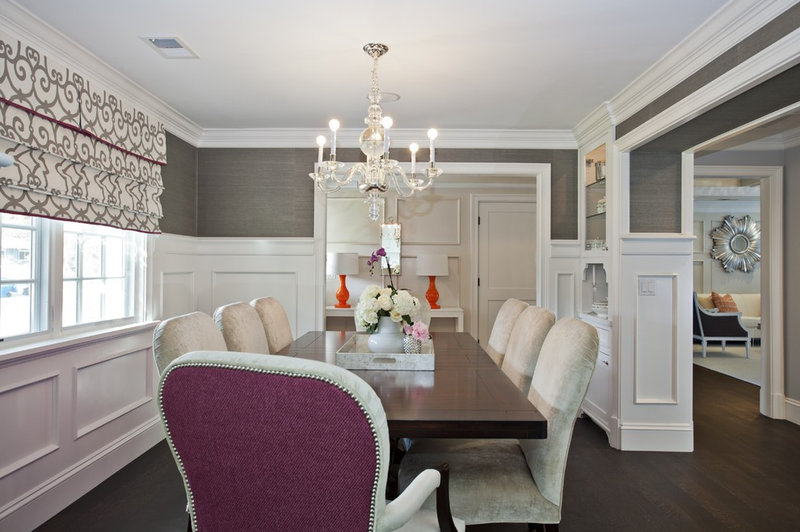
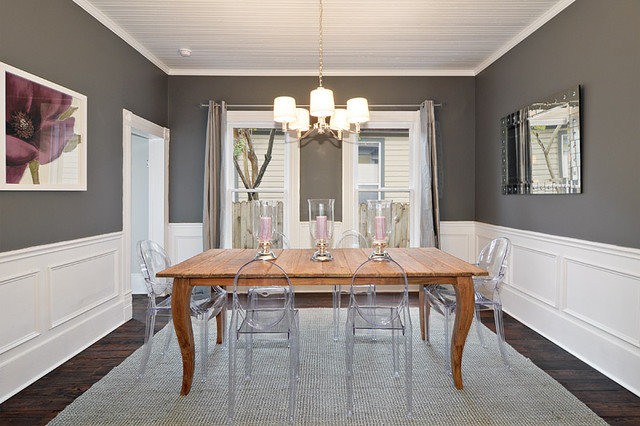
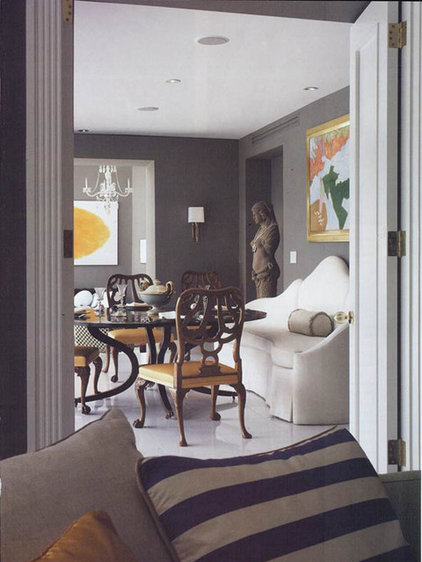
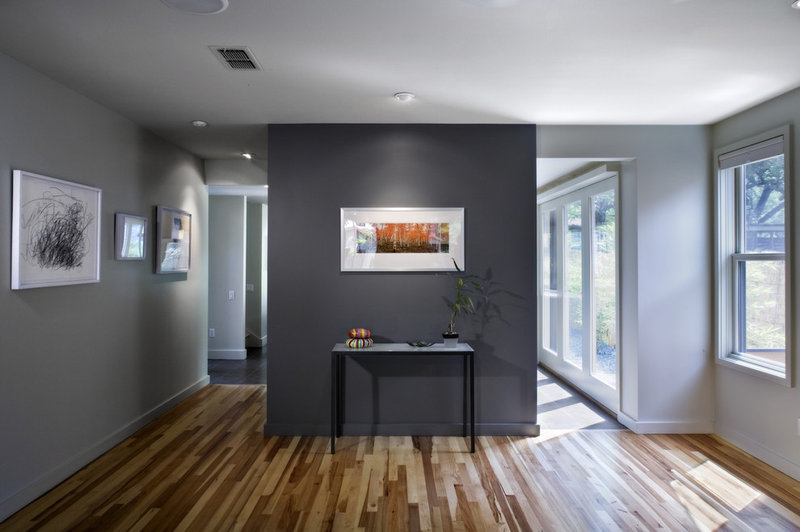
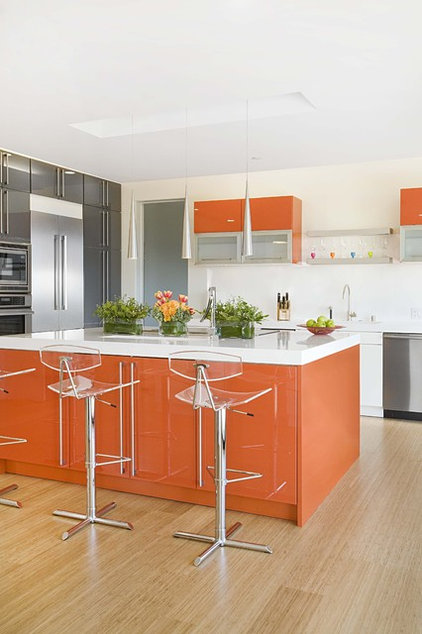
![modern kitchen by thirdstone inc. [^]](http://st.houzz.com/fimgs/429133340f0c79ff_7026-w422-h562-b0-p0--modern-kitchen.jpg)
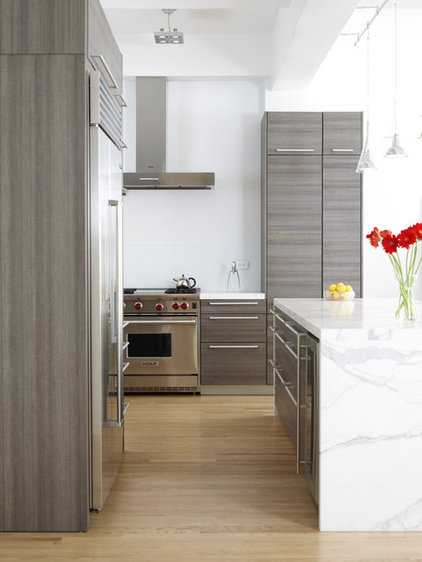
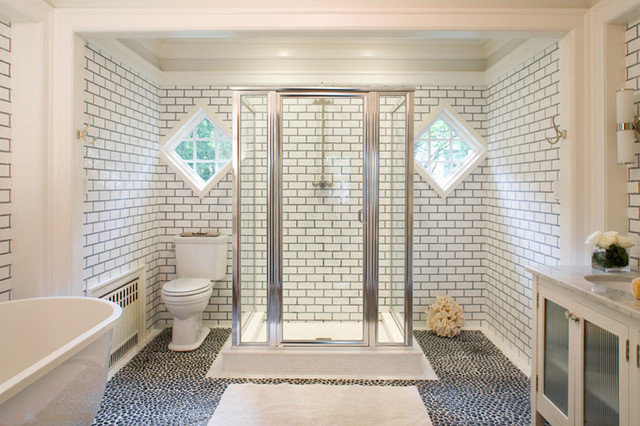
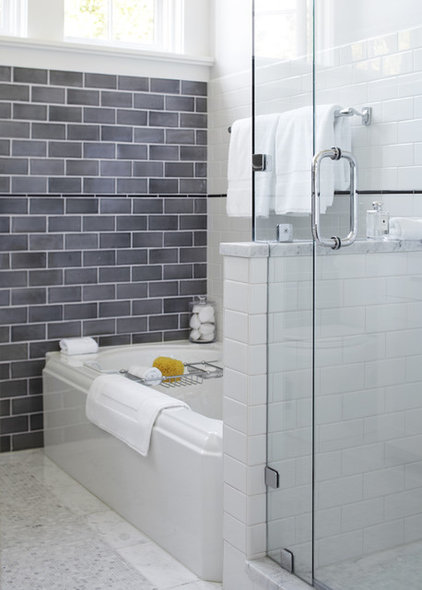
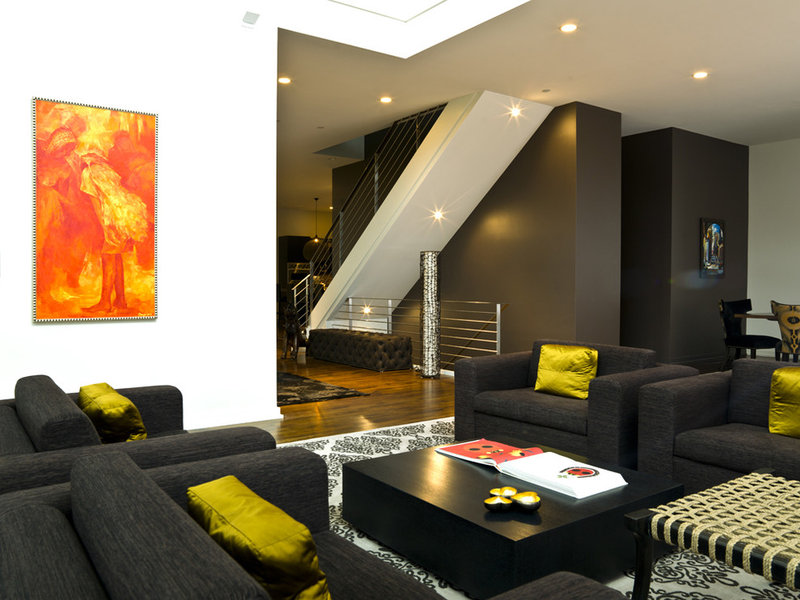
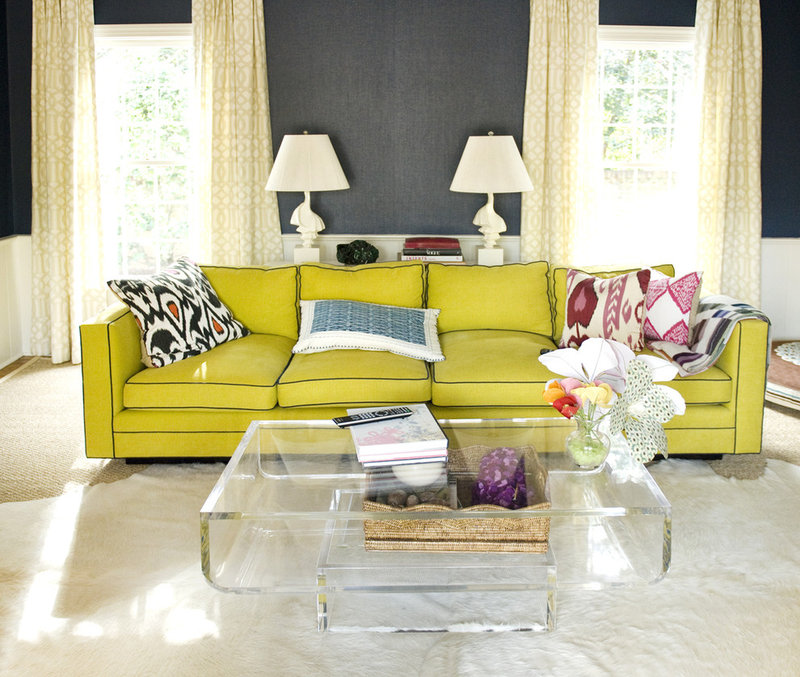

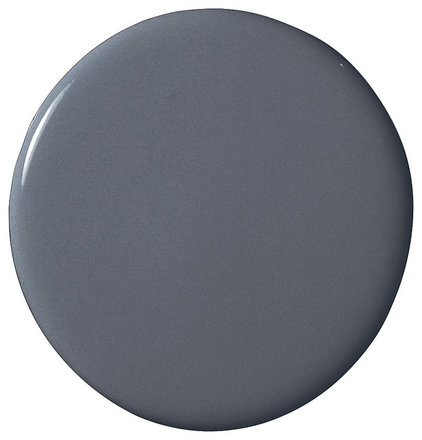
No comments:
Post a Comment